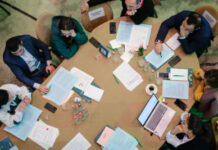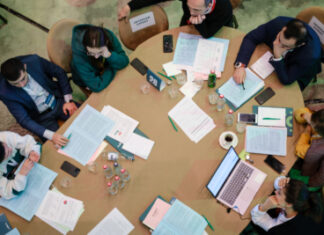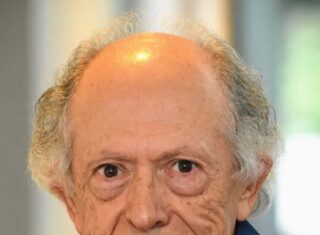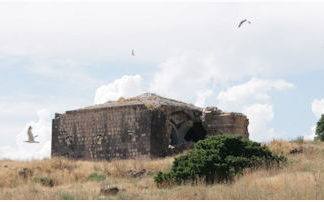By Daphne Abeel
Special to the Mirror-Spectator
LOWELL, Mass. — The Whistler House Museum of Art has been a gem since its founding in 1908, but it is to become a magnet as well. This small house museum (the birthplace of the American painter, James McNeill Whistler) located on a quiet side street here, has become the recipient of a collection of 28 works by the renowned Armenian-American painter, Arshile Gorky. The works, to be on permanent loan, will be officially unveiled at a reception this weekend.
For many years, the museum has had in its permanent collection a single, early painting by Gorky, “Park Street,” done in 1924 during the years he spent in Watertown. Now, it will display a significant portion of his oeuvre on permanent loan.
The collection, given by anonymous donors, includes drawings and paintings that highlight the artistic accomplishment that have led Gorky to be ranked in the roster of important abstract expressionists such as Willem de Kooning, Stuart Davis and Jackson Pollack, who, in the 40s, 50s and 60s, changed the way we view the world.









